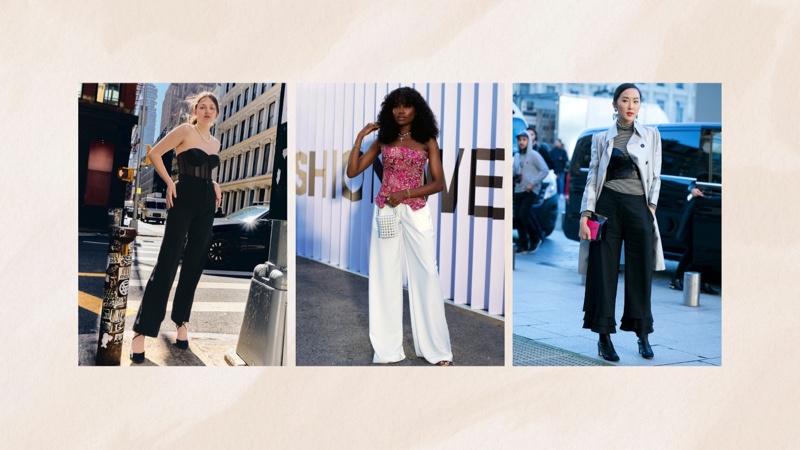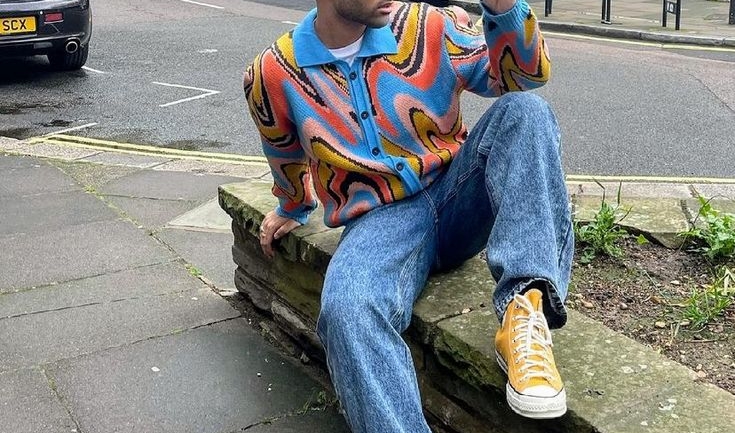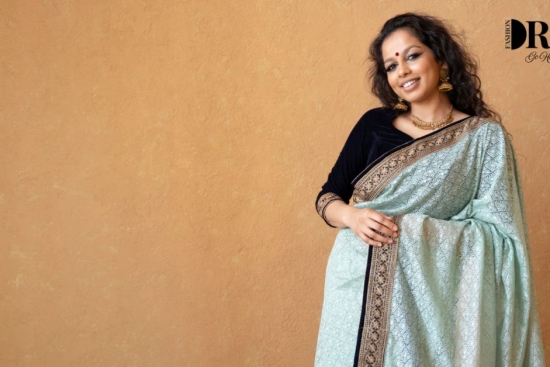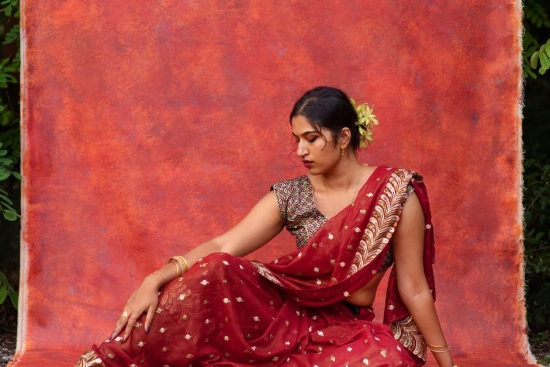
Fashion is more than just clothing; it’s a reflection of society, values, and the times we live in. While trends seem to appear overnight, their origins are often deeply rooted in culture. Culture Fashion Dress influences what we wear, how we wear it, and why it matters. It shapes fashion trends, giving them meaning and depth that transcend mere aesthetics.
The Intersection of Culture and Fashion
Fashion has always been a powerful medium for self-expression. But behind every iconic outfit or trend lies a cultural story waiting to be told. Culture encompasses beliefs, customs, traditions, and the shared experiences of a community, and these elements find their way into fabrics, patterns, and designs. Whether it’s traditional African prints or the resurgence of 90s streetwear, culture breathes life into fashion.
Historical Influence of Culture on Fashion
Throughout history, cultural shifts have directly influenced fashion. Take, for example:
- The Roaring Twenties: A decade defined by flapper dresses and jazz culture, symbolizing liberation and modernity.
- 1960s Hippie Movement: The vibrant colors, tie-dye, and bohemian styles reflected the counterculture’s rebellion against societal norms.
- Punk Rock of the 1970s: Studded leather jackets and ripped jeans became symbols of anti-establishment ideals.

These examples highlight how cultural revolutions and societal changes shape the way we dress.
Globalization: A Melting Pot of Styles
With the rise of globalization, cultures have interwoven like never before. The fusion of traditional and modern elements from different parts of the world has birthed unique fashion trends. For instance:
- Japanese Streetwear: Combining traditional kimonos with urban aesthetics.
- Indian Fusion Wear: Blending sarees with Western cuts.
- African Prints in Western Fashion: Designers like Stella McCartney have integrated Ankara fabrics into contemporary designs.
Globalization not only makes fashion accessible but also celebrates cultural diversity.
Cultural Appropriation vs. Appreciation in Fashion
One of the most debated topics in fashion today is the fine line between cultural appropriation and appreciation. While borrowing elements from other cultures can lead to beautiful creations, it’s crucial to do so respectfully.
What is Cultural Appropriation?
Cultural appropriation occurs when aspects of a culture are taken out of context and used without permission or understanding, often for commercial gain. For instance, Native American headdresses used as festival accessories can be deeply offensive to indigenous communities.
How to Foster Cultural Appreciation
- Collaborate with Local Artisans: Brands like Dior and Gucci have partnered with artisans from around the world to create authentic collections.
- Educate the Audience: Sharing the history and significance of cultural elements can foster appreciation and respect.
- Give Credit Where It’s Due: Recognizing and compensating communities whose culture inspires designs is essential.
Subcultures and Their Impact on Fashion
Subcultures often originate on the fringes of society but eventually influence mainstream fashion. Here are a few notable examples:
- Skate Culture: What began as a niche movement in the 1970s has heavily influenced streetwear brands like Supreme.
- Goth Culture: Dark, dramatic aesthetics from the goth subculture have made their way into haute couture collections.
- Hip-Hop Culture: Baggy pants, oversized tees, and gold chains were born in hip-hop communities and are now global fashion staples.
These subcultures prove that fashion is a reflection of identity and belonging.
Traditional Attire in Modern Fashion
Traditional clothing often serves as a source of inspiration for contemporary designers. For example:
- Kimono-Inspired Designs: Modern interpretations of the kimono have been seen on global runways.
- Indigenous Beadwork: Indigenous patterns and beadwork have influenced accessories in high fashion.
- Middle Eastern Kaftans: Kaftans have evolved from traditional attire to luxury resort wear.

By reinventing traditional styles, designers keep cultural heritage alive while appealing to modern audiences.
Fashion as a Medium for Political and Social Statements
Fashion is more than just a personal choice; it can also be a powerful tool for activism and social commentary. Designers and celebrities have used fashion to highlight pressing issues such as:
- Sustainable Fashion: The push for eco-friendly clothing highlights the need for environmental responsibility.
- Feminism: Slogan T-shirts advocating gender equality became a symbol of the modern feminist movement.
- Racial Equality: Brands have embraced diversity by showcasing models from various ethnic backgrounds.
Through fashion, individuals and brands can spark conversations and drive change.
The Role of Technology in Shaping Cultural Fashion Trends
Technology has revolutionized the way fashion interacts with culture. From virtual fashion shows to AI-driven designs, technology bridges the gap between tradition and innovation.
Social Media’s Impact
Platforms like Instagram and TikTok have amplified cultural fashion trends, making them accessible to a global audience. Influencers often showcase traditional attire in creative ways, inspiring millions.
Digital Fashion
The rise of NFTs and digital clothing allows people to wear culturally inspired outfits in virtual spaces, blending culture with cutting-edge technology.
The Future of Culture-Driven Fashion
The future of fashion lies in embracing cultural diversity while ensuring sustainability and inclusivity. Key trends include:
- Circular Fashion: Recycling and upcycling traditional garments.
- Cultural Inclusivity: Designing clothes that celebrate all body types and skin tones.
- Ethical Sourcing: Ensuring that cultural elements are used responsibly and ethically.
How Consumers Shape Cultural Fashion Trends
Consumers play a pivotal role in driving culture-driven fashion. By supporting brands that respect and celebrate culture, individuals can ensure that traditions are honored rather than exploited. Key consumer behaviors include:
- Prioritizing Ethical Brands: Supporting designers who source responsibly.
- Championing Small Businesses: Many local artisans and businesses are the custodians of cultural heritage.
- Educating Themselves: Understanding the history and significance of cultural attire fosters a deeper appreciation.
Conclusion
Fashion and culture are inextricably linked. Culture infuses fashion with meaning, turning clothes into symbols of identity, history, and expression. As we move forward, it’s crucial to celebrate cultural diversity responsibly and ethically. By doing so, we not only honor the past but also pave the way for a more inclusive and innovative future in fashion. The next time you don a trendy outfit, remember the cultural stories woven into its fabric. It’s these hidden secrets that make fashion truly timeless.






Comments (26)
Brianvoksays:
29/01/2025 at 20:17п»їFarmacia online migliore: farmacia online senza ricetta – top farmacia online
farmacie online autorizzate elenco
Edwarddipsays:
31/01/2025 at 10:45farmaci senza ricetta elenco: Cialis senza ricetta – acquisto farmaci con ricetta
JosephLibsays:
31/01/2025 at 11:34taya365 com login [url=https://taya365.art/#]taya365[/url] The casino atmosphere is thrilling and energetic.
Williamamushsays:
31/01/2025 at 13:39Entertainment shows are common in casinos. https://jugabet.xyz/# Las promociones de fin de semana son populares.
DavidAbonssays:
31/01/2025 at 13:56https://phmacao.life/# Many casinos provide shuttle services for guests.
The poker community is very active here.
Lannypersays:
31/01/2025 at 14:04The casino industry supports local economies significantly.: phtaya.tech – phtaya casino
Patricksnubysays:
31/01/2025 at 15:14The thrill of winning keeps players engaged.: phmacao com – phmacao
DavidAbonssays:
31/01/2025 at 17:59https://phtaya.tech/# Slot machines feature various exciting themes.
High rollers receive exclusive treatment and bonuses.
Williamamushsays:
31/01/2025 at 18:42Some casinos feature themed gaming areas. https://phtaya.tech/# Casino promotions draw in new players frequently.
Lannypersays:
31/01/2025 at 19:00Slot machines feature various exciting themes.: phmacao casino – phmacao
JosephLibsays:
31/01/2025 at 20:06phmacao com login [url=http://phmacao.life/#]phmacao casino[/url] Gambling regulations are strictly enforced in casinos.
Patricksnubysays:
31/01/2025 at 20:15Las tragamonedas ofrecen grandes premios.: winchile.pro – win chile
DavidAbonssays:
31/01/2025 at 21:53http://taya777.icu/# Casinos offer delicious dining options on-site.
Live music events often accompany gaming nights.
Williamamushsays:
31/01/2025 at 23:37The casino atmosphere is thrilling and energetic. https://winchile.pro/# La adrenalina es parte del juego.
Lannypersays:
31/01/2025 at 23:51The thrill of winning keeps players engaged.: phtaya – phtaya login
Patricksnubysays:
01/02/2025 at 01:10Poker rooms host exciting tournaments regularly.: phmacao casino – phmacao.life
DavidAbonssays:
01/02/2025 at 01:46https://taya777.icu/# The Philippines offers a rich gaming culture.
Entertainment shows are common in casinos.
Williamamushsays:
01/02/2025 at 04:21The casino experience is memorable and unique. https://taya365.art/# Players can enjoy high-stakes betting options.
JosephLibsays:
01/02/2025 at 04:25phmacao [url=http://phmacao.life/#]phmacao[/url] Entertainment shows are common in casinos.
Lannypersays:
01/02/2025 at 04:33Online gaming is also growing in popularity.: taya365 com login – taya365 com login
DavidAbonssays:
01/02/2025 at 05:24https://phtaya.tech/# Online gaming is also growing in popularity.
Slot machines attract players with big jackpots.
Patricksnubysays:
01/02/2025 at 05:49Las mГЎquinas tienen diferentes niveles de apuesta.: win chile – winchile.pro
DavidAbonssays:
01/02/2025 at 08:53http://taya777.icu/# Players can enjoy high-stakes betting options.
Some casinos have luxurious spa facilities.
Williamamushsays:
01/02/2025 at 09:02Many casinos provide shuttle services for guests. http://taya365.art/# Responsible gaming initiatives are promoted actively.
Lannypersays:
01/02/2025 at 09:08The Philippines offers a rich gaming culture.: phmacao com – phmacao.life
Patricksnubysays:
01/02/2025 at 10:29Las apuestas deportivas tambiГ©n son populares.: win chile – winchile.pro